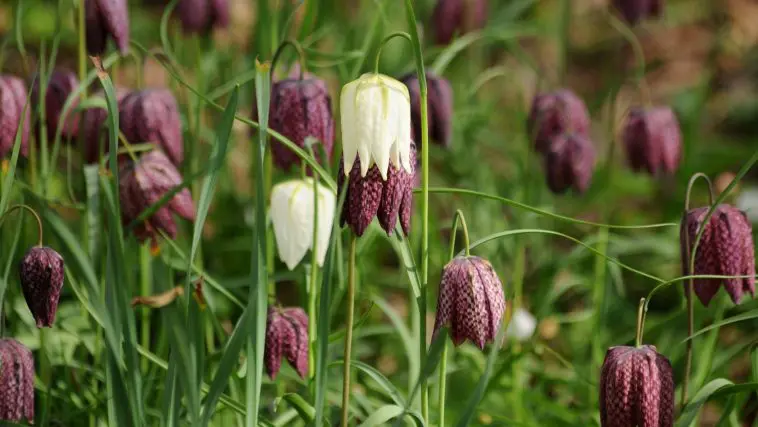[Originally published in 2020 as Plant Evolution to Avoid Humans?]
A recent study in Current Biology claims that some plants have evolved explicitly to avoid harvesting by humans.
The study says that a species of plant, Fritillaria delavayi, a plant whose bulb is used regularly in Chinese herbal medicine, has evolved to make it harder for humans to find and harvest it. The study, published in the journal Current Biology, is very interesting but equivocates on the word “evolution”, as most so-called evidences for evolution do.
Let’s see what they found:
The plant in question seems to be basically immune to herbivores. The authors of the study report finding very few plants with any signs of a plant eater munching on it and claim no studies have included it in an animal’s diet. Such conditions are ideal for a plant. Nothing wants to eat it, so it should be able to explode in population.
That’s where humans come in.
Chinese herbal medicine uses an immense range of substances, including the bulbs of this plant. Since the plant is small, the bulb is also small. The researchers estimated it would take 3500 of them to make a single kilogram. This means that a lot of them must be gathered for use in traditional medicine every year. As the researchers point out, this places strong pressure on the plant population.
There is existing variation within the plant species. Some of the plants are green, while others are dark brown or black. Since the environment they live in consists of darkly colored rock and gravel, the darker plants are much more difficult to see against the background. This means that when people go out to gather these plants for medicinal use, the darker ones are harder to find and, therefore, are less often harvested.
The researchers tested this using an online “spot the plant” picture quiz. I took the quiz and can attest that seeing the dark plants against the dark background is very difficult. The green plants, by contrast, were quite easy to find.
The researchers postulated that humans were, therefore, influencing the evolution of this plant.
Here is Where the Equivocation Comes In
What is occurring here is not evolution. Instead, the plants are being subjected to strong artificial selection conducted by humans.
Because humans are looking to pick as many plants as possible in as short a time as possible, they will tend to select the ones that are the easiest to see: the green ones. Because of this, fewer green plants will be available in the population. This reduced the frequency of the genes for green leaves and blossoms. This means that as the plants reproduce, there is a much smaller chance of the genes for green leaves making it into the next generation. Over time, this will reduce the number of green plants in a population.
The researchers call this evolution.
However, what was described above is no more evolution than any other selection experiment.
Changes in gene frequencies in a population over time may be termed “evolution” if the evolutionists wish to use it as such, but the term must be used consistently. If evolution means changes in gene frequencies over time, it may not then be used to explain the origin of whole new types of organisms with whole new genes and structures.
If it means the origin of new kinds of organisms over time, then it does not simply mean shifting gene frequencies over time. The two are not equivalent, no matter how much hot air, ink, and electrons the evolutionists expend trying to make them so. The effects of natural (or artificial, in this case) selection in a population are not equivalent to evolution.
While this study was interesting and affirmed that selection, if the pressure is strong enough, can change what a population looks like, it is not evidence for evolution.
The dark plants already existed in the populations. They simply became more common due to artificial selection against their green counterparts. Nothing new was produced. The plants remained the same species. The only thing that happened here was genetic diversity was reduced.
Creationists have no problem with any of the empirical science involved here. However, we do have issues with attempting to claim that evidence of artificial selection is evidence of molecules to man evolution.







